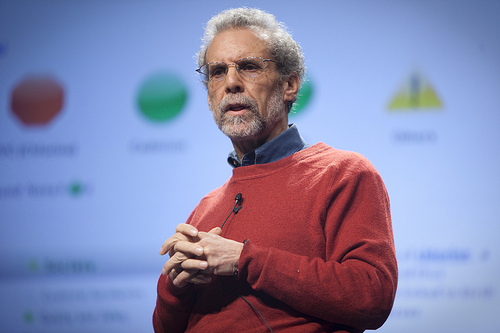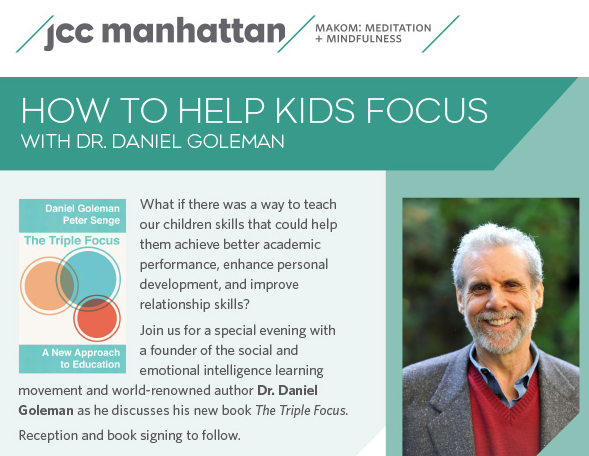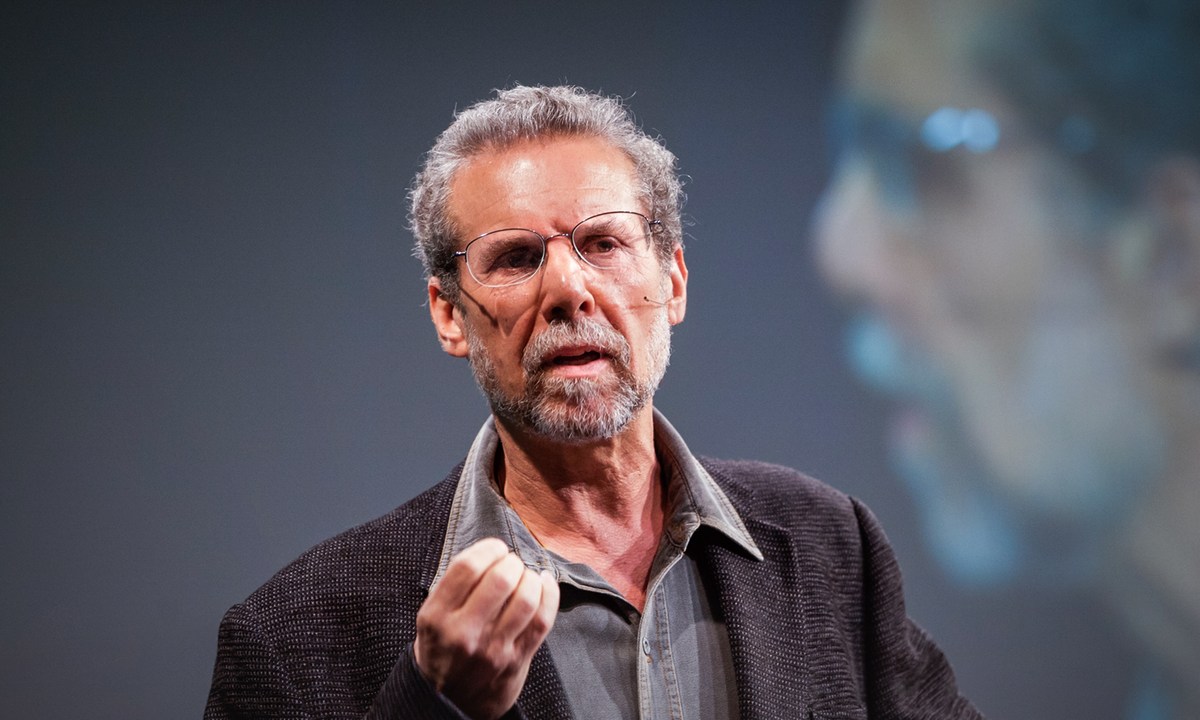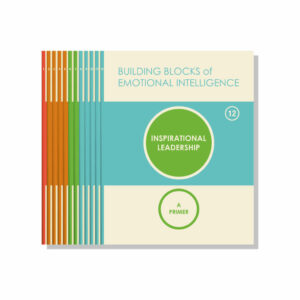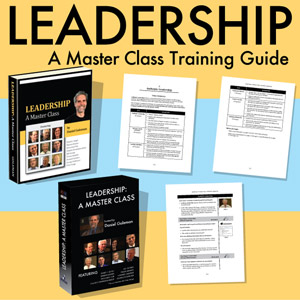
Good storytelling is a hallmark of effective leadership. It’s a medium that allows leaders to move others. It also lets people know how the leader thinks and feels. Psychologist Howard Gardner examined how a leader can create an effective storytelling framework to move people in the right direction.
Levers of Storytelling
Innovative stories are crucial when:
- a business is changing direction
- you need to mobilize people when things go wrong
- you need to reinvigorate a team with low morale.
That begs the question: What kinds of strategic storytelling levers does a leader use to motivate people in a desired direction?
First, it depends on your audience. If you are working with people who are highly sophisticated in what you’re doing – let’s say you’re running a hedge fund and you’re dealing with your partners who understand finance as well as you do – then the more academic levers of research and of reason are very important.
If you’re running for political office, chances are voters are not going to look at your syllogisms, and they’re not going to know enough to evaluate your data. That’s when things like resonance come into play. Whether you feel on the same wave length with the leader, and he or she manages to convey that “I’m one of you.”
If you are dealing with people who aren’t familiar with a subject, you would go for the redescription lever. Redescription is presenting the same ideas in many different ways. Some people aren’t going to be convinced by a linguistic narrative. Then a cartoon, a comic, wit, dramatization, games – those are other vehicles where you can bring about a different way of doing things.
Another lever is real world events. These are events you have no control over, but the effective leader uses them to change the conversation. Say for example the stock market tanked. A leader knows his team wants to understand how the event effects their job or industry.
Dealing with resistances is a common approach. When you tell a story, everybody has many other stories in their mind. Those stories are often quite resistant to the story you want to tell. Leaders often spend too much time convincing, and not enough time thinking of all the reasons why someone might be embracing a very different kind of story. The shrewdest mind-changers spend a lot of time trying to understand what the resistances are and how to deal with them.
Ultimately, a leader needs multiple strategies to employ during a crisis. They must understand their audience, and know which levers worked in the past and which ones ought to be pulled out for the occasion.
For a quick review, go to the SlideShare deck.
Strategic Storytelling
Watch a conversation between Daniel Goleman and Howard Gardner about ways to employ levers of storytelling.
Theory into Practice
Apply these concepts into your training program with our Leadership: A Master Class Training Guide. The collection offers more than nine hours of research findings, case studies and valuable industry expertise through in-depth interviews with respected leaders in executive management, leadership development, organizational research, workplace psychology, innovation, negotiation and senior hiring. We developed an extensive, detailed training guide around the video content for human resources professionals, senior managers and executive coaches. Each module offers individual and group exercises, self-assessments, discussion guides, review of major points, and key actionable takeaway plans. The materials allow for instructor-led or self-study opportunities.
Email mike@morethansound.net for a sample guide and limited-time discount code.




